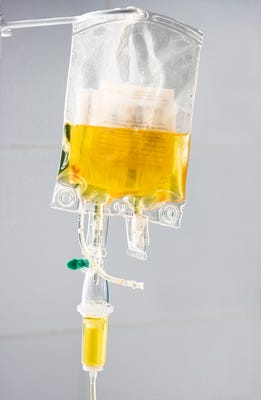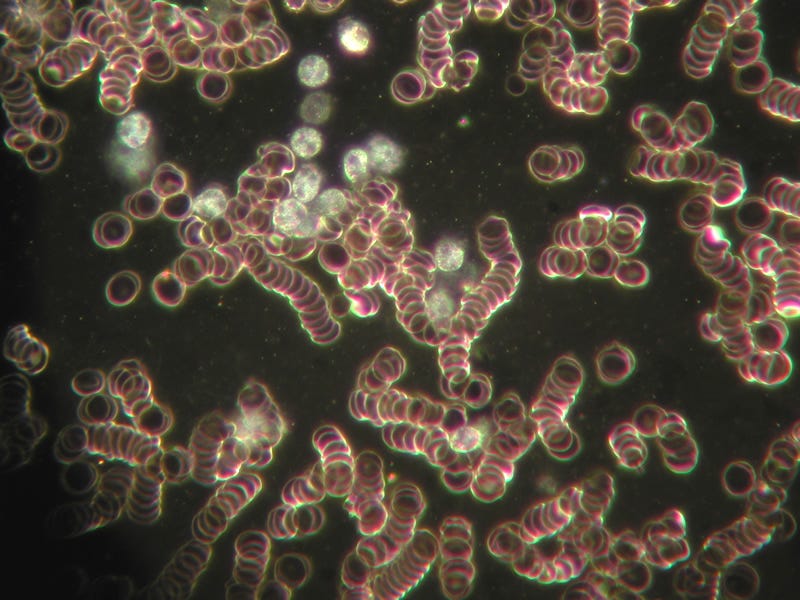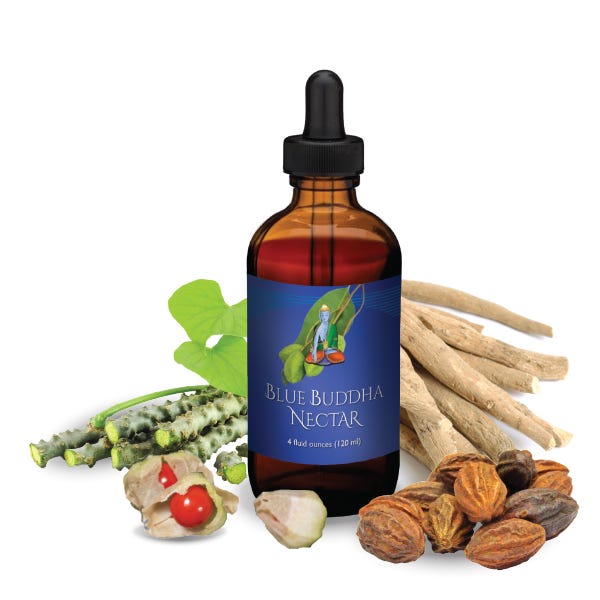Several people have requested that I share a little background so as to create more of a framework for understanding of the steps along my path. My parents divorced, and my mother moved to Hawaii on her 45th birthday, which happened also to be the day the governor of Hawaii received a call from Washington, D.C., notifying him that Hawaii would become the 50th state. She was at the palace when the news was announced and was immediately approached by the governor who asked her to help him with the meals and entertainment for guests from the mainland. It was an interesting development, but I was certain the move to Hawaii was going to mess up the plans I had for my life.
I was wrong, and in June transferred to the University of Hawaii and almost immediately enrolled in courses associated with the third East-West Philosopher’s Conference. As fate would have it, I was seated between D. T. Suzuki and Wing-tsit Chan at the banquet at the end of the conference. Painfully shy that I was, I thought about questions to ask these eminent scholars. Suzuki-sensei was still like a mountain on my left and Prof. Chan was a chatterbox on my right. If we think in terms of energetics, it would be fair to say my fire was trapped between earth and air. Despite being adept with chopsticks, I ate very slowly because I was contemplating something important enough to ask these great pundits. I have long since forgotten the question, but I will never forget Suzuki-sensei’s answer. It was simple, like page one of a Zen text, but I was only 16 and had not yet seen those texts though I read a little bit of Alan Watts in high school. Suzuki-sensei said, “When you eat, eat.” According to the manners drilled into me by my mother, the ball was now in his court.
The campus was quite small and soon after this banquet, Suzuki-sensei and I found ourselves walking towards each other. A greeting was in order, but he looked at me. I was, of course, about ready to make the same mistake; but he said, “When you walk, walk.” Then, he motioned to me to sit on a bench next to him, and he said, “When you talk, talk.”
I was so young and so shy that my tongue was tied, but I understood that my mind was restless, not as restless as that of my professor of Chinese philosophy; but it was definitely not quiet, and truth be told, it was not peaceful either. I changed my major to Asian Studies and ended up studying Zen for ten years. My goal was to conquer my mind, keep it focused, calm, observant, but not restless. As time went on, questions arose. Zen has practices, not answers to questions, so I began studying Tibetan Buddhism after being posted in India during the late sixties.
On my first day in New Delhi, the father of a friend of a friend, asked if I would like to accompany him to visit Prof. Dr. Lokesh Chandra, a great scholar and mentor. When finished with my duties at the State Department, I would drop by his institute. He shared so much with me. I will always be grateful.
One day, he asked me if I would drive his wife to see a doctor. Of course, I obliged and that was the beginning of a very long and complicated journey into the world of natural healing.
There was a little bookstore in the lobby of the embassy, and I probably bought more than a thousand books, but the ones on Ayurveda were truly a nightmare of incoherent English and Sanskrit word salads. The pieces did not start fitting together until meeting my primary Ayurvedic teacher, the late Dr. Shrikrishna Kashyap.
Towards the end of her life, my mother met Dr. Shyam and said she had finally met a perfect man. I would perhaps have worded this a bit differently, “the most perfect man I have ever met” but he was not quite a god yet. He had been a yogi in the Himalayas (Rishikesh mostly) and always seemed a little bewildered in the West, but he was a truly gifted healer, great teacher, and wonderful person.
All traditional systems of healing involve astrology to some extent. Ayurveda is no exception, and the easiest bridge for a medical astrologer is the part dealing with the elements and their influences on the senses, chakras, and pharmacology of food and herbs.
This is not, however, where I want to start my posts on Ayurveda. I want to take up the subject of regeneration because it is hugely relevant to the issues we are today facing worldwide. For this, I would be remiss if I failed to mention Dr. Vasant Lad because his writings on this part of the Ayurvedic curriculum are very clear and deep. He has devoted a lifetime to making Ayurveda accessible to Westerners, and I will try to do justice to my teachers when introducing the concepts to lay persons, intelligent subscribers who are not formally enrolled in schools offering courses in Ayurveda.
If this introduction is too long, I apologize, but I felt it necessary to give this background because while I have been studying Ayurveda since 1968, what I know today is based on the kindness and erudition of people much more qualified than I am. That said, it is obvious I am no longer a beginner.
Plasma
When I was in school, we were told that blood is sterile. This is an absolutely ridiculous idea that will not at all hold up to scrutiny.
One of my students died of a blood transfusion given at a first class university hospital when undergoing a five-hour operation due to an injury. Many people have suffered from transfusions of infected blood and residues of medications and vaccines in the blood.
How absurd is the idea of sterility when the disease that has claimed the most lives in human history is malaria. This involves an Anopheles mosquito bite and infection with Plasmodium falciparum which has many stages of development, including as merozoites that feed on hemoglobin inside red blood cells.
Now that we know that blood is not really sterile, we might ask what blood actually is. The bulk of the fluid we refer to as blood consists of plasma. Red and white blood cells as well as thrombocytes and some nutrients float in the plasma. These components are normal. It is not for me to define sterility; but, in theory, these constituents are not harmful . . . that is, unless infected.
Plasma consists mainly of water, but there are proteins, ions, and nutrients from food and medicine. There are also some waste products. This substance can be compared to the water in which fish live. The water must have a specific pH, contain the substances necessary for life, and be free of threats to survival. Though the definition of the first dhatu is a little broader than plasma, it basically refers to the fluids in the body that circulate. The Ayurvedic term is rasa which has many meanings, including something we might call juice or liquid.
In my experiments using darkfield microscopy, it is clear that certain nutrients are assimilated very quickly and can be seen in the plasma within minutes. This is very easy to understand if we consider reactions to injections, allergens, and/or alcohol. Exactly how long does it take for someone to become tipsy and perhaps to begin slurring or acting silly. For the most part, it is the amount consumed that determines the chemical changes that reduce inhibitions and initiate behavioral changes, but this happens quickly, not over a span of days or weeks. The point is that what we ingest finds its way into the plasma very quickly.
There are many videos online purporting to show reactions to vaccines. Many are simply showing what is called rouleaux which might be due to technique or dehydration. To give a deeper perspective, the patient should drink some water or juice and be retested after 15-20 minutes. If there is much less rouleaux or none at all in the second test, the issue is probably related to fluid intake rather than the jab or some other influence. In short, rouleaux is very common and not necessarily related to vaccines.
This is a photomicrograph taken using a darkfield microscope. The plasma is the dark area. It is actually amber in color as seen in the image further up this page. The red blood cells that are stacked like this refer to a condition called rouleaux. The white blood cells are whitish and not in very good condition.
There is much more rubbish in the plasma than most people realize. Continuing with malaria as an example, the parasites cause a rupture of the red blood cells and then enter the plasma. There are countless other parasites that are also often found in the plasma. I must have more than a thousand photomicrographs of these parasites. In addition, there are microscopic bits of toxic metals, bacteria, and various kinds of fungi. We do not necessarily see the chemicals, but we can see damage to both red and white blood cells and deduce that the plasma contains harmful substances.
Fortunately, plasma is very easy to address through juicing, dietary changes, and detoxification. Compare this to changing the water in an aquarium after it has become inhospitable to fish.
Juice is particularly wonderful because fruits and vegetables contain exactly the right amount of water in relationship to their nutritional and indigestible components, like fiber. After seeing countless patients in clinics in many countries, I am 100% convinced of the benefits of fasting. Moreover, the benefits are easy to assess using microscopy.
What is crucial to understanding the regenerative theories of Ayurveda is that no regeneration can occur until the plasma is itself healthy and capable of supporting healing. This is because each dhatu provides what is needed in the next stage of regeneration so the sequence is important.
After my book was published, I consulted in many different clinics in Europe. If a patient presented in very poor condition, juice fasting was recommended. Often, the patients on juice improved so fast that by the second or third day, their plasma and blood cells looked better than that of the patients with relatively minor complaints. This said, we always added herbs to the juice or used them separately.
Over the years, I have formulated herbal blends to aid detoxification and regeneration, mostly based on Ayurvedic tenets. One of these is named after the Medicine Buddha. It was originally developed to relieve some of the suffering associated with Lyme disease and is intended for somewhat long-term use, which in the language of herbalism usually means months, not years. It relies on regenerative herbs that in Ayurveda are called rasayanas. All of these herbs are antioxidants. The Medicine Buddha holds haritaki in His right hand. It has the highest antioxidant rating of any herb or food except for sangre de grado, an herb I discussed on my Institute website.
This is a little long. I have enjoyed sharing with you, and if you have found this post helpful, please give a like and feel free to share it with others.
Copyright by Dr. Ingrid Naiman 2023 || All Rights Reserved
Image Credits:
Dreamstime, Zen: Dirk Ercken
Dreamstime, Plasma: Andrei Malov
Dreamstime, Malaria: Designua
Photomicrograph: Ingrid Naiman









I am very interested in this subject. It not long at all. Thank you for all your shares. I feel a juice fast in order for my spring.
Just curious…why was your mother at the palace? And why was she asked to help with meals?